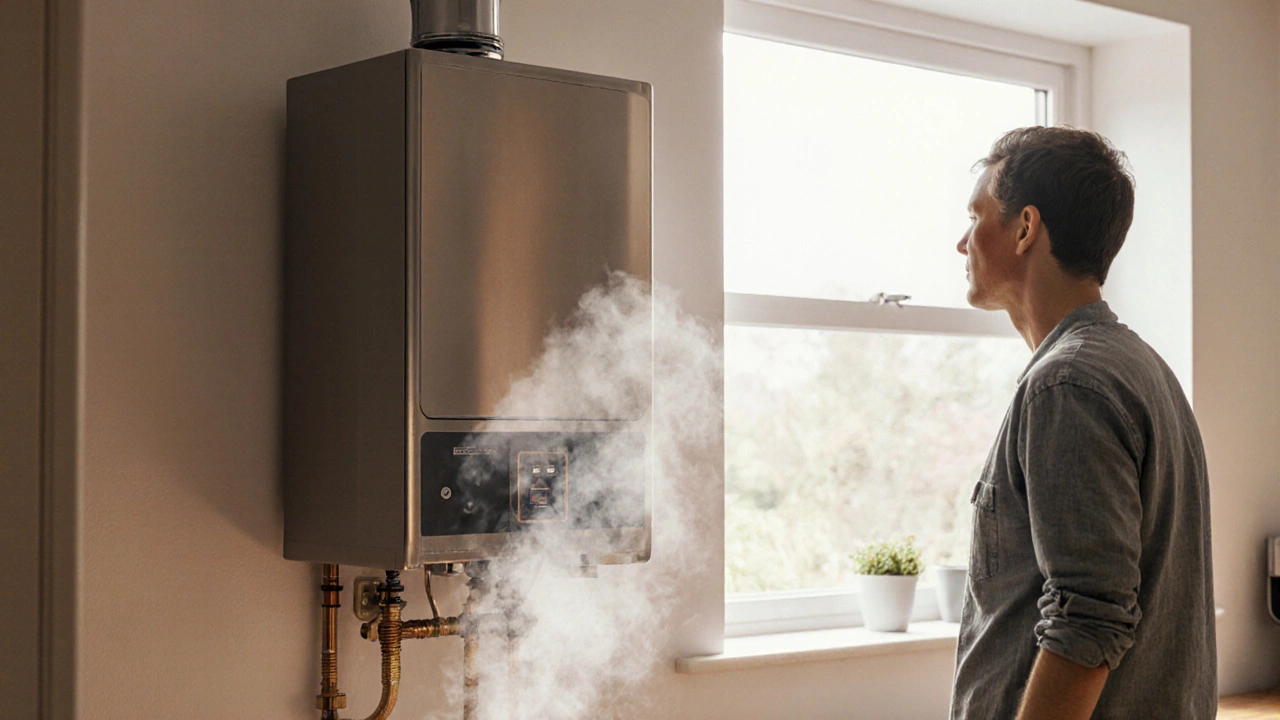Water Heater Signs: Spotting Problems Early
When dealing with Water Heater Signs, the visual or performance clues that indicate something’s off with your hot‑water system. Also known as hot‑water warning signs, they help you act before a full breakdown. You’ll also notice Water Heater Failure, the point where the unit can no longer provide consistent hot water, often preceded by these warnings. A depleted Anode Rod, the sacrificial metal piece that protects the tank from corrosion is a frequent culprit, while Sediment Buildup, the accumulation of minerals at the bottom of the tank accelerates wear. Regular Water Heater Maintenance, routine checks and cleaning that keep the system running efficiently can quiet many of these signs.
Why These Signs Matter
Seeing a drop in water temperature or hearing strange noises isn’t just annoying—it’s a water heater signs alert that something’s heading toward failure. When a tank’s anode rod expires, it stops protecting the metal, which lets corrosion creep faster. That corrosion shows up as rust‑stained water or a lingering metallic smell, both classic signs of impending trouble. Likewise, sediment that settles at the bottom forces the heating element to work harder, leading to louder popping sounds and higher energy bills. If you ignore these cues, the heater can crack, leak, or even burst, turning a simple fix into a costly replacement.
Understanding the chain reaction helps you intervene early. For example, if you notice a cloudy film on the tank’s exterior, that often points to sediment stirring up. A quick flush can dissolve the buildup and restore normal operation. If the water turns rusty, that’s a red flag that the anode rod may be exhausted and needs swapping. Both actions are part of proactive maintenance that stops the warning signs from escalating into full‑scale failure.
Homeowners who stay on top of water heater signs usually save both time and money. A simple visual check each season—looking for leaks, listening for rumbling, and feeling for temperature drops—covers most warning bases. Pair that with a yearly service call where a technician inspects the anode rod, tests the thermostat, and clears sediment, and you’ll keep the system humming for years. The effort is minimal compared to scrambling for a replacement unit in the middle of winter.
Besides the obvious signs, there are subtle hints that seasoned users spot right away. A faint odor of burning plastic often means the heating element is overheating because sediment is insulating it. An unexpected surge in your power bill can signal that the heater is running longer cycles to reach the set temperature—again, a symptom of sediment or a worn‑out anode. These less obvious signs still fit the same pattern: something inside the tank isn’t performing as it should, and a quick check can prevent a bigger problem.
Below, you’ll find a collection of articles that dive deeper into each of these topics. From detailed guides on how to test your anode rod, to step‑by‑step instructions for flushing out sediment, and full checklists for seasonal water heater maintenance, the posts cover every angle of spotting and fixing water heater signs. Armed with this knowledge, you’ll be ready to catch issues early, keep your showers hot, and avoid surprise breakdowns.

Key Water Heater Signs It’s Failing - What to Watch For
Learn the top warning signs of a failing water heater, why they happen, and step‑by‑step fixes to keep your hot water reliable and safe.